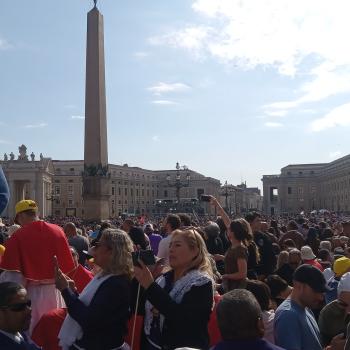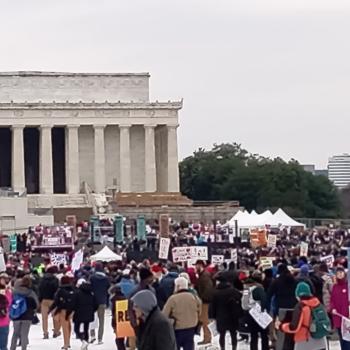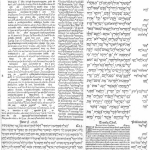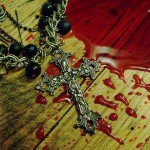Almost exactly 25 years ago, in October of 1991, I was living in a small apartment in the Rockridge district of Oakland, right at the base of the East Bay Hills. I had just started a new job, and had rented an apartment on the third floor of a building that was about a 25 minute walk from my workplace.
On the 20th of October, I awoke to a smell that is familiar to any Californian who has lived through a summer in this state: the sweet, pungent smell of a grassfire. I walked into my living room, which had a big picture window facing Alcatraz Avenue, and looked out onto the street below, and saw a couple of neighbors watching the hills. I made a mental note to check on the situation later, and then went and took a shower.
About half an hour later, I was done with my shower and dressed. I looked out my window again, and saw that my neighbors had been joined by a crowd of people in the street, looking east toward the hills. The midday sun seemed dimmer than it ought to be, and I knew immediately that I needed to go downstairs and see what was going on.
When I reached the street, I looked east and froze for a moment, struggling to process what I was seeing. It was as if I was staring straight into the heart of Hell itself. Brushfire smoke is usually whitish or light gray; the smoke I saw was inky black and roiling violently. At the base of the wall of smoke, no more than a mile from where I was standing, I could see houses, cars and trees burning as if they had been soaked in gasoline and set alight. The separate fires joined into a solid wall of flame and rolled down the hills, looking almost like flowing lava.
At some point, an older man came by in a sedan and said out his window that the fire department wanted any able-bodied man to head to the hills if he could be of help. I was younger then and in good shape, so I ran upstairs, exchanged my sneakers for sturdy hiking boots, and headed east toward the inferno.
As I got closer to the fire, the crowds of spectators thinned out, and the sound of the fire became louder and more immersive – a deep, rumbling roar that sounded like an airliner’s jets at full throttle. I passed cars filled with frightened looking people, fleeing in the opposite direction from the one I was travelling, and passed others fleeing on foot. There was a 30-or-so foot retaining wall on the north side of Highway 24, and the ivy growing on it caught and became a mass of flame as I passed by. The sky above me was black as midnight, and the smoke now stung my eyes and made my throat feel raw.
At some point I arrived at what appeared to be the fire line. There was a brushfire-type firetruck parked in the middle of a cul-de-sac, and people were busy connecting a firehose to a hydrant. I immediately pitched in to help, and as the hose sprang to life a glowing cloud of burning embers descended from the sky and peppered the street around us, catching shrubs and a cedar-shingle roof on fire. We spent several frantic moments hosing down the roof and shrubs, and then a man ran up and said his house just up the hill had caught, and could we try to save it.
We hauled the hose through someone’s side yard and up an embankment, and could see that the man’s roof had caught fire but we did not see fire coming from his upstairs windows, so it seemed as if his house could be saved if we could extinguish his roof. One factor not in his favor was that his house had three or four large eucalyptus trees around it, and when those go up they practically explode, and if that happened we would all be (literally) cooked, so my job was to keep a close eye on the branches above us for any signs that they might be catching.
I stuck with that task and others for as long as I could, but I was eventually exhausted and soaked to the skin from the hose, and left with an apology to the strangers with whom I had suddenly become a trusted team member.
As I made my way back to my apartment, I saw something I will never forget. In the face of traumatic necessity, the things that divide us from one another – status, money, prestige – fell away and people were connected to one another in concern and sometimes in grief. I saw a woman hugging a stranger who was crying because she couldn’t find her dog. I saw a man turn his garden hose from his own house and wet down the roof of a neighbor, even though the neighbor was not present to ask.
I saw people sharing news with strangers, and people all around me were supporting one another and wishing each other luck – and I wondered, and have wondered since, why we can’t all be that way with one another in our daily lives. What is it that keeps us from recognizing the fundamental interconnectedness we all share? Why does it take a catastrophe to show us that what divides us is too often an illusion in our own minds, and that what unites us is the only thing that is truly real?












